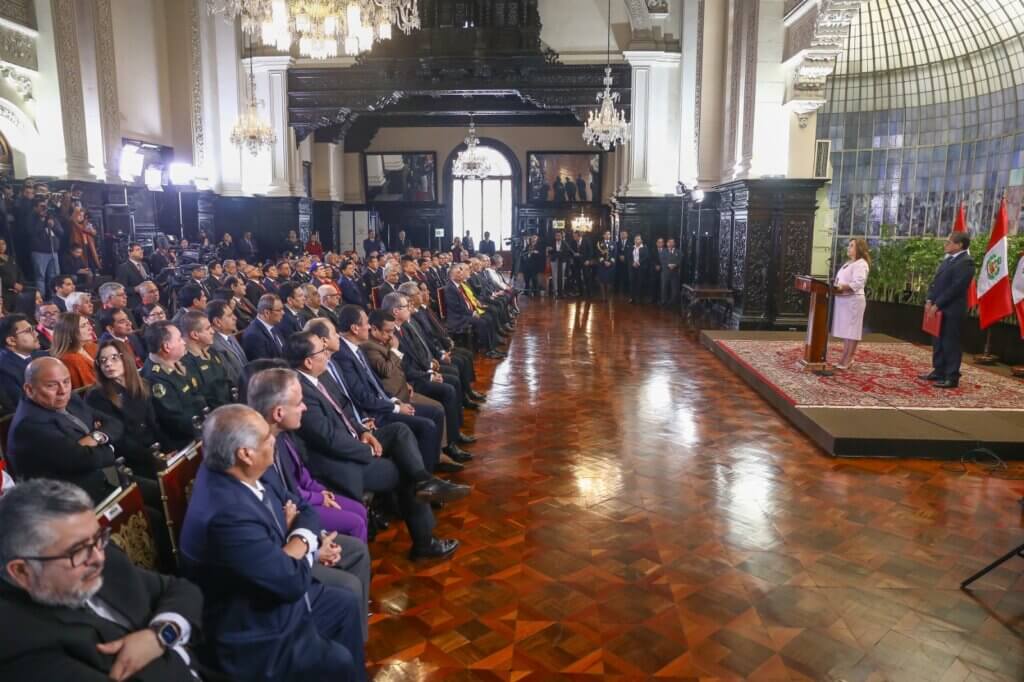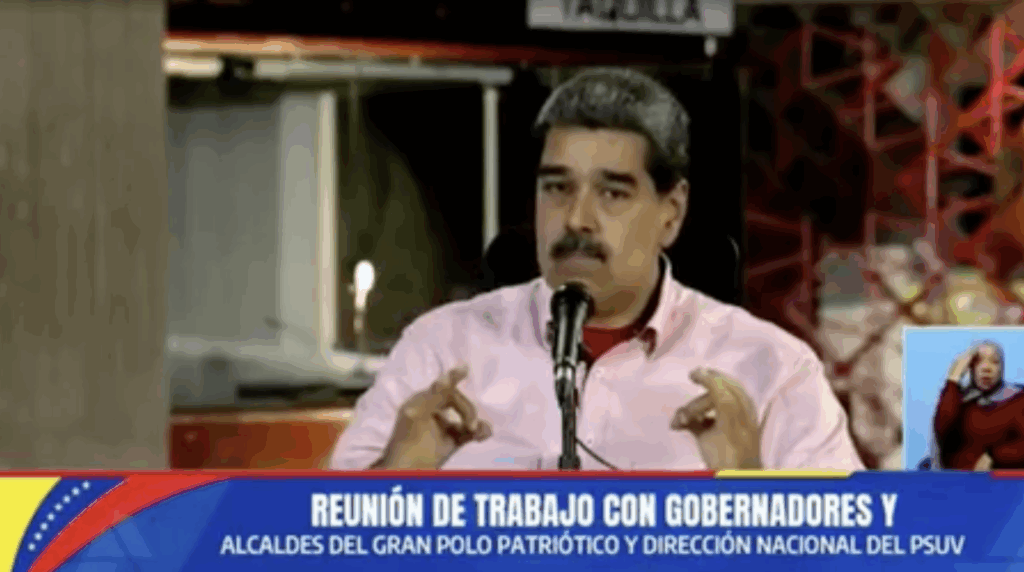Walls, Fear, and Misinformation: How the Securitization of Immigration in the US Fuels Xenophobia
By Lauro Accioly
Public perceptions in the U. S. regarding Latin American immigrants sometimes reflect historical traits of xenophobia. Some surveys and studies suggest that individuals who perceive Latin American immigrants as threats to cultural identity, public safety, or job security are significantly more likely to support hardline immigration measures, including the construction of a wall along the U.S.-Mexico border—a costly and symbolically charged project. This negative perception can be exacerbated by misinformation, which reinforces such misconceptions about immigration.
The construction of a border wall was one of Donald Trump’s flagship political promises and a pillar of his broader migration agenda during his 2016 presidential campaign. He largely promoted his political agenda via Twitter, while spreading misinformation and distortions on immigration and many other topics. Research shows that many of the negative perceptions of immigrants, regardless of legal status, are highly distorted. When it comes to crime in the U.S., for instance, there is ample evidence that immigrants – both documented and undocumented – are less likely to commit crimes than native-born citizens. Nonetheless, a substantial number of Americans still believe that immigration increases criminality. This phenomenon is borne out in data indicating that during Trump’s first administration, the majority of crimes were committed by native-born Americans, and their crime rate was higher than that of the foreign-born. Nationally, the crime rate among undocumented immigrants has historically been low. Since 1980, immigrants have exhibited lower incarceration rates than native citizens – a pattern sustained for over 150 years.

Given these facts, is misinformation the primary factor shaping the negative perceptions about immigrants? I argue that although misinformation does play an important role, it is the most dangerous when accompanied by a state framing of insecurity and aggressive policies. A concept widely discussed in International Relations – securitization – has gained relevance in this debate. This concept explores how certain issues are strategically framed as matters of national security or threats, thus legitimizing the adoption of emergency and exceptional measures. Some scholars have argued that this process results in the social engineering of insecurity, wherein certain topics are repeatedly framed as security problems to justify restrictive policy responses. Doing so often creates more issues than it solves, such as the rising death toll among migrants who, in an effort to bypass highly securitized zones, are forced to take more dangerous and often deadly routes.
This scenario directly applies to the issue of the US-Mexico border. Heavy investment in surveillance and enforcement infrastructure has led to additional challenges, such as increased migrant mortality. As migrants are forced to seek out more dangerous routes, their lives are placed at greater risk. This reflects a deterrence-based strategy. The intention is to discourage irregular migration, rather than completely prevent individuals traveling through Mexico — including, but not limited to, Mexican nationals—from entering the country. The strategy of prevention through deterrence, first institutionalized during the Clinton administration, was strengthened under George W. Bush in the context of the Global War on Terror and later became a central pillar of Donald Trump’s hardline immigration agenda.
This logic of deterrence is deeply embedded in the broader process of securitization, which has become a recurring reference point in U.S. politics—especially following the attacks of September 11, 2001. In the post-9/11 era, the U.S. government expanded the national security paradigm to encompass irregular migration, portraying it as a potential threat akin to terrorism. This discursive and policy shift helped to legitimize a range of exceptional measures, including militarized borders, the use of surveillance technologies, and increased detention. In this way, the logic of securitization that shaped the U.S. response to 9/11 continues to inform and justify current immigration enforcement practices.
The US-Mexico border wall – one of Trump’s main campaign promises – exemplifies how securitization and misinformation go hand in hand in shaping immigration policy. Particularly among groups who believe that immigration worsens crime and harms the economy, there is a tendency to support border-closing policies, such as the wall, and who further amplify false and distorted information about immigration. His repeated attacks on the character of immigrants strengthened the belief that immigrants pose an immediate threat to the country. His statements, combined with the dissemination of misleading data, not only distorted the reality of immigration in the U.S. but also resulted in policies that increased precarity for migrants and heightened state violence along the border.
Beyond the political and social consequences, the securitization of immigration directly affects the lives of migrants, rendering their conditions in the U.S. increasingly precarious. Border militarization, for instance, does not fully prevent irregular immigration. It simply makes migration more dangerous. The criminalization of migration leads to detention, family separation, mass deportation, and the marginalization of entire groups of people. This process fuels restrictive policies, deepens migrant marginalization, and sustains a distorted view of the migratory reality.
Misinformation and securitization discourses from politicians and state actors construct immigration as a threat. Parties and citizens may buy into this rhetoric for political and self-serving reasons.
The broader context of insecurity is reinforced by both real and manufactured crises. This politically manufactured sense of insecurity aims to legitimize tougher border policies and reinforces a cycle of exclusion: the more immigrants are framed as dangerous or destabilizing, the more justification arises for restricting their rights and intensifying control measures. This is circular logic and justification that only breaks once reality intrudes to break the spell.
Lauro Accioly Filho is a PhD candidate at the Interinstitutional Graduate Program in International Relations – San Tiago Dantas and a Visiting Scholar at American University (Washington, D.C.).
Edited by Rob Albro, Associate Director, and Ernesto Castañeda, Director, at the Center for Latin American and Latino Studies


